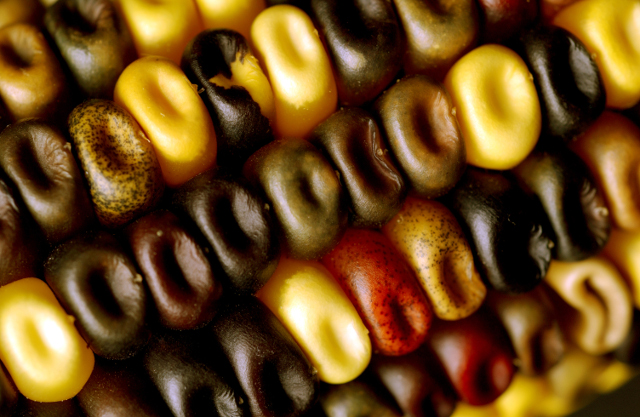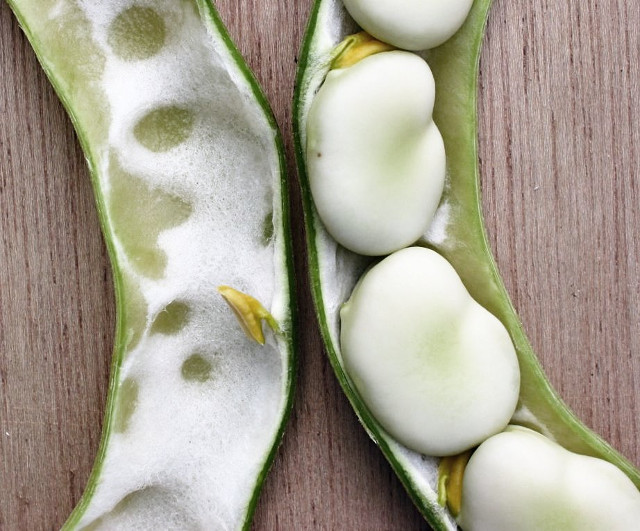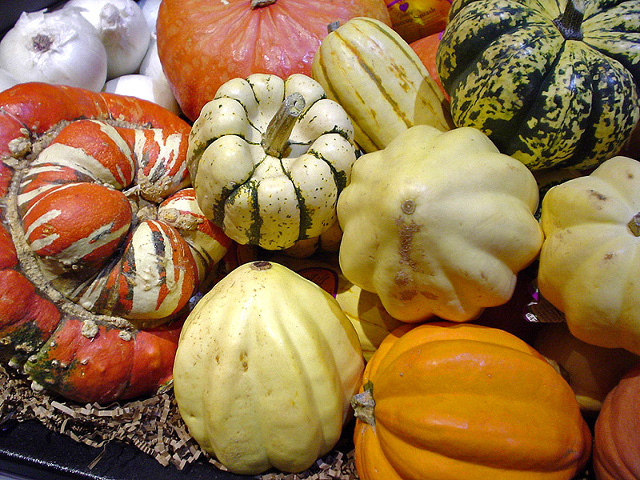The ThreeSisters



A Companion Planting Technique



Continuing the ancient traditions in food cultivation.
Corn, beans, and squash, three very different plants but three very good companions. Iroquois Indians have been growing them together for centuries. They call them The Three Sisters. Each sister gives one another an added support creating a more balanced ecosystem to thrive. This ancient tradition has ensured a large yield of food and complete nutrition for many generations.
Typically, corn is grown in large fields in rows without any other form of vegetation. Corn draws a lot of nitrogen from the soil. To meet these demands, chemicals and fertilizers must be brought to cover the crops. But with the right growing partners, corn will grow just fine on its own. That’s just the purpose of The Three Sisters.
Corn provides the beans a natural trellis while the beans draw nitrogen from the air into the soil. The beans continually replenish the nitrogen supply for corn. All the while, squash acts as a living mulch. It keeps the soil moist and deters weeds and pests.
The Iroquois believe corn, beans, and squash are gifts from the Great Spirit. Every planting season begins with ceremonies to honor the plants’ spirits with the retelling of the legend.
The legend goes like this:
Three sisters are standing in a field. The eldest stands tall to guard her two younger sisters. She has a pale green shawl and long yellow hair that blows in the breeze. The middle sister wears a frock of bright yellow. When the sun shines, she runs off on her own. The youngest sister is so young that she can only crawl at first. She is dressed in green.
As the summer goes on a young indian boy comes to visit. The sisters become intrigued by him each time he visits. In the fall, each time he comes one of the sisters disappears to follow the boy out of curiosity. Eventually, the last sister to remain grows worried and lonely. The indian boy hears her cries and comes to bring her home. When they arrive, the sister is excited to see her two sisters safe inside. The youngest had made itself useful by filling the pot and the other was drying on the shelf. The three were never separated again.
The relationship between these plants not only helps the plants thrive, but it helps the farmer who grows them. Companion plants build the relationships in nature but it also helps build the relationship between man and nature. By learning the way plants behave with one another, we can learn to farm better as a result.
You can read the complete legend here.
Carry on the tradition with your own three sisters garden.
- The Three Sisters provide a more balanced ecosystem
- Corn, beans, and Squash. Three very different sisters who have a devoted love for one another.
█







